For those folks keeping a close eye on the fight against AI Art platforms unethically scraping art from the internet and using it to train their algorithms, you probably already heard of Glaze. If you’d like you can go back to my article on Muddy Colors back in Feb 2023 when it launched. Well I’m back to let you know it’s been majorly updated. Glaze 2.0 has launched and it makes it even easier to protect your images from scrubbing. To make a long story very short: Glaze is a filter you pass your artwork through — it works for any visuals, photographs and illustrations — and it confuses the machine learning algorithms that are using art found on the internet to copy artist’s work and styles. It’s very quick and easy to use, usually doesn’t affect how the piece looks on a computer screen, and as an Art Director I can absolutely say it doesn’t affect anything that I need to use your images for in the process of getting you hired for commissions.
Here’s a comparison of an image before and after Glazing:
Amazing concept artist and illustrator (and friend of the blog) Karla Ortiz made this lovely promotional image for Glaze to use, called “Musa Victoriosa” and it was one of the first images Glazed and released:
There’s a lot more intro on the Glaze website, along with examples and a great FAQ.
And while we protect ourselves from the unethical scrubbing of content off the internet, it’s also important not to panic. As the legal versions of AI Art platforms start to hit commercial use (Adobe, Getty, and Shutterstock all have versions) it’s important to know that these are not replacing artists and aren’t going to for a lot of reasons:
1 — Most of the legal platforms are just slightly better stock art images — When the giant royalty-free stock houses went fully online it definitely ate into a good chunk of the photography market — especially for simple images used for photocollaging. But it didn’t end the need for custom photography. Not by a long shot. Yes, clients looking to spend as little money as possible use Shutterstock instead of hiring a photographer…but those were never the folks that were going to hire custom photography. Did these platforms eat up the lowest level of photography work? Yes. However many photographers supplement their income by contributing to these platforms and still will. And the mid- and high-level tiers of jobs can’t use stock art, it’s not customizable enough.
2 — You can’t copyright AI Art — Check out my recent Muddy Colors article explaining this. You cannot copyright anything using an appreciable level of AI Art. Which means any industry that needs to own the copyright to its images — and especially need to defend those images from piracy — can’t use AI. You can’t use AI for logos, for book covers, for merchandise that you want to protect and keep unique. Hence companies who are producing a final visual product publicly still need artists to make art and license the usage you need from them. That leaves a loophole for process art (vis dev, concept art, etc) but it does keep AI Art out of a lot of commercial applications.
3 — AI Art can’t collaborate or revise — One of the best parts of working with illustrators and photographers is the ability to collaborate. And the best collaborations make a final product that is better than either party could have come up with by themselves. Furthermore, anyone who has been commissioned professionally knows how big a part of the process revisions are. And AI cannot revise. There’s no layers, there’s no process to adjust. You need artists to truly customize artwork to the demanding specs of good clients.
4 — AI Art is never original — By the nature of the method of its creation, AI Art can only be an endless remix of what has gone before. It can’t innovate. It has no genius. It has no creative leaps. You get out of it exactly what you ask it for. And that’s just the problem of concepts. The actual execution of AI Art is very obvious and has a telltale slickness and lack of texture. If I was an artist I would lean into texture, artifacts of the handmade process. Just like the trend towards looser and more abstract illustration the last 10 years was a direct reaction to how slick CGI had become, the trends are already moving further out in the direction of texture and marks that can only be made by humans. And creative leaps that can only be made by artists.
That’s the update for now. Keep Glazing your images, and keep on making art. You’re not being replaced by the robots anytime soon.


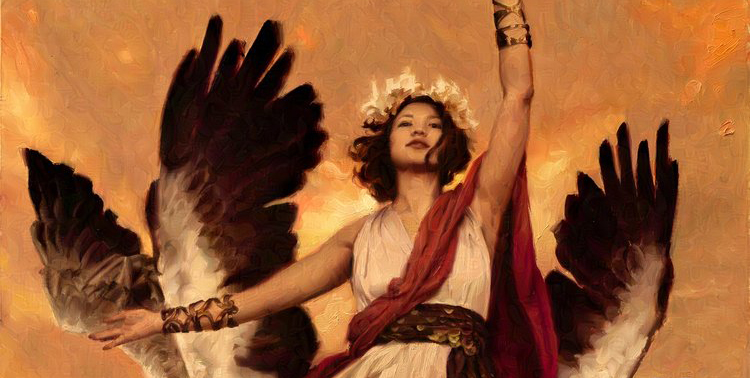
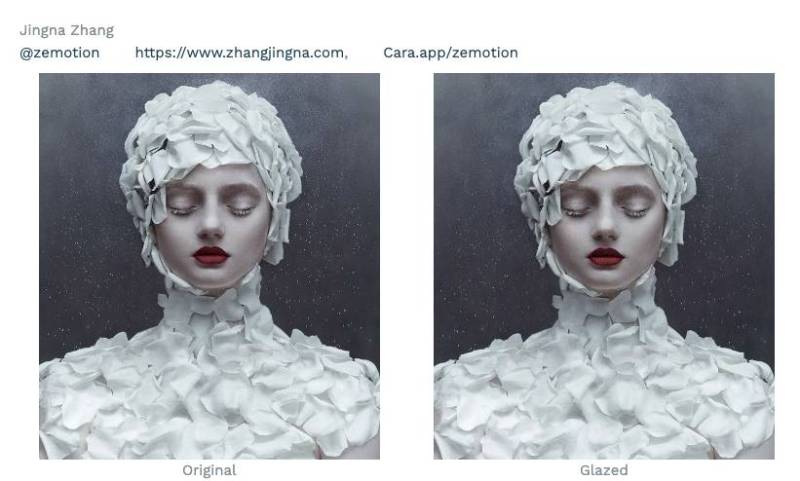
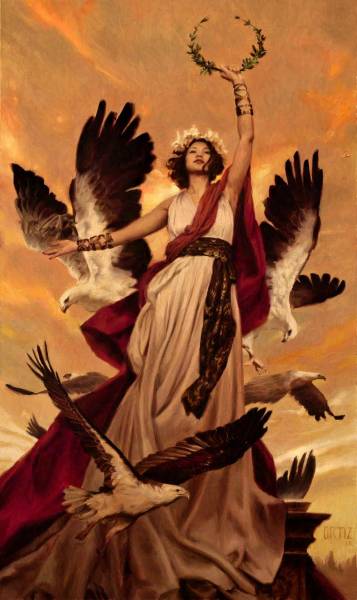


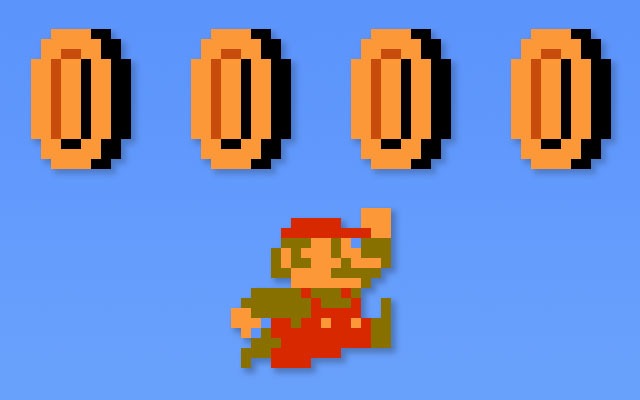
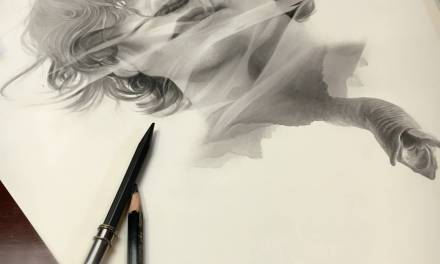
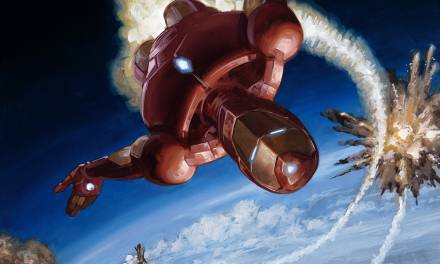
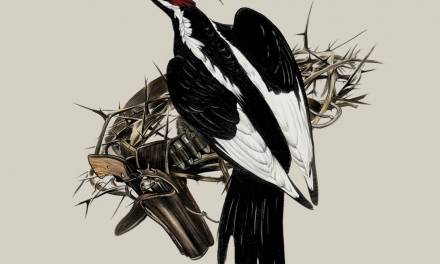

What is Glaze supposed to do? The article is thin on details. The website is full of jargon:
“Glaze is a system designed to protect human artists by disrupting style mimicry. ”
“Our primary goals are to discover and learn new things through our research, and to make a positive impact on the world through them.”
I’m not an artist. Using AI to make images is a fun pastime.
Glaze puts a layer of static over the image that disrupts the scrubbers that are searching the internet for imagery, but it’s mostly undetectable to the human eye at screen resolution. You wouldn’t want to use Glazed images to make prints, bc the static will show up at large size/high resolution, but it looks fine when it’s pixelated for screen resolution.
Thanks for the info. So Glaze just adds some noise.
not exactly. It alters the image in a way that doesn’t look very different to us, but is very confusing for training models. To say it adds static implies that it just makes images noisier and maybe that would make AI results noisier. But the noise is actually giving misleading data on a pixel level to the training models so that it scrambles up the “style” interpretation with something broadly generic and wrong. Like, trying to generate an image with the style prompt “Donato” when the training set is full of glazed Donato paintings will produce something wildly different, like Van Gough or something.
Additionally, there’s a parallel program called Nightshade which can be used in tandem. This functions similarly, but instead of disrupting the “style” prompt, it confuses the training model on what tags mean. Since the computer doesn’t have any idea what things are or look like, it needs tags to understand what, say, a horse looks like. Nightshade progressively pollutes the data so eventually when you ask for a horse, you get a mailbox.
Both do essentially the same thing though: corrupt the data set to make prompts give bad results
If I understand correctly, Glaze is a program that makes changes to the image practically imperceptible to the human eye that directly affect how the image generating algorithms “read”/”see” the images. Causing serious difficulty in the image production process through the algorithm.
Being a painter and photographer with many images online, I tried out Glaze. There are several problems with it. It takes a very long time to render each picture. Strange artifacts do show up, the effect is not truly invisible. Once rendered, they recommend you don’t change the Glazed picture by re-sizing or compressing it to get the file size down, or it will lessen the Glaze effect. Getting the image file size down with compression is very important for online page load speed. So for these reasons, I’m out.
I agree with your statements about AI in general. It is not real art as we know it. And yet, it is getting amazingly good, and improving at a frightening speed. For artists, hand painted original art will hold up better from this onslaught better than digital painting in my opinion.
However, using texture and looseness in the painting process is not necessarily the way to combat AI “slickness and lack of texture”. I have been experimenting with AI imagery for several months, and it can definitely generate images that look just like a painting with expressive brush work. Indeed, it can produce pictures better than the majority of artists, given the right direction. Don’t believe me? Click on my name above to see some examples.
This new version claims to have less artifacts, which I’m interested to try out. The program is slow if you run it from the cpu, but if you download the graphics processor version that uses the gpu, it is much much faster. For me, it’s the difference is like an hour on cpu and a minute on gpu
DURAK, akıllı durak, akıllı bank
Perfection is in every detail – Show your talent with Drift Boss.